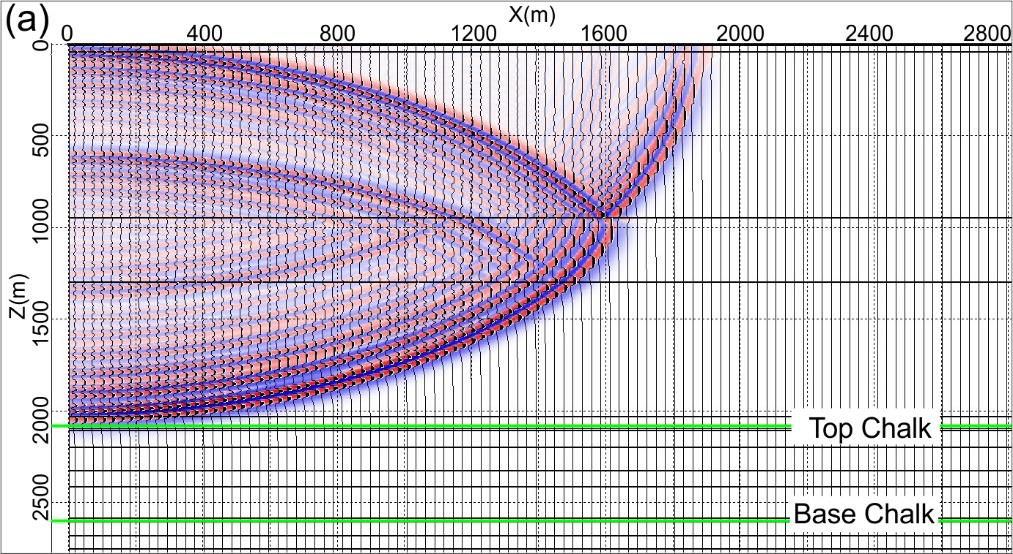Universitetsavisen
Nørregade 10
1165 København K
Tlf: 21 17 95 65 (man-fre kl. 9-15)
E-mail: uni-avis@adm.ku.dk
PhD thesis defense
PhD thesis defense — Mahboubeh Montazeri defence at IGN 20 April
Date & Time:
Place:
Aud. C, Department of Geosciences and Natural Resource Management, Øster Voldgade 10, 1350 Copenhagen K
Hosted by:
Geology Section
Cost:
Free
Mahboubeh Montazeri defends her thesis,
Elements of seismic imaging and velocity analysis – Forward modeling and diffraction analysis of conventional seismic data from the North Sea
Supervisor:
Professor Lars Nielsen, IGN
Assessment Committee:
Professor Karl Holliger, University of Lausanne
Senior Researcher Trine Dahl-Jensen, GEUS
Associate Professor Giampiero Iaffaldano (chair), IGN
Summary:
This thesis investigates velocity model estimation and optimized imaging of conventional seismic data from the North Sea. Seismic velocity analysis is considered to be a central prerequisite to the main processing and imaging techniques used today. In order to obtain a well-resolved image of subsurface structures, a high-quality velocity model is needed. By application of well-established conventional velocity analysis methods and high-quality diffraction imaging techniques, this study aims to increase the resolution and the image quality of the seismic data.
Seismic wave propagation has been analyzed for a model representative of elastic property variations of the Chalk Group reservoir rocks, using 2D finite difference forward modeling. The synthetic modeling results and field data were utilized to investigate the performance of seismic velocity analysis based on the conventional NMO corrections of CMP gathers. Our results reveal how the interference caused by multiples, converted waves, and influence of thin-bed can give rise to erroneous picking of the velocity values. If such effects are disregarded, the incorrect velocity model can introduce significant errors in thickness and depth estimation of the layers.
High-quality seismic imaging relies on valuable information from subsurface heterogeneities such as faults, fractures, pinch-outs and salt delineations, which can be retrieved from the diffractions. In this approach, the applied plane-wave destruction method was successful to suppress the reflections from the stacked data. The optimized migration velocity values estimated from the isolated diffractions were used to image the stacked seismic data. The application of the diffraction imaging techniques produces better-resolved migration velocity models, which consequently leads to higher quality seismic images. This improved imaging is demonstrated for a salt structure as well as for Overpressured Shale structures and the Top Chalk of the North Sea.
The thesis is available for inspection at the PhD Administration office, 04.1.413
